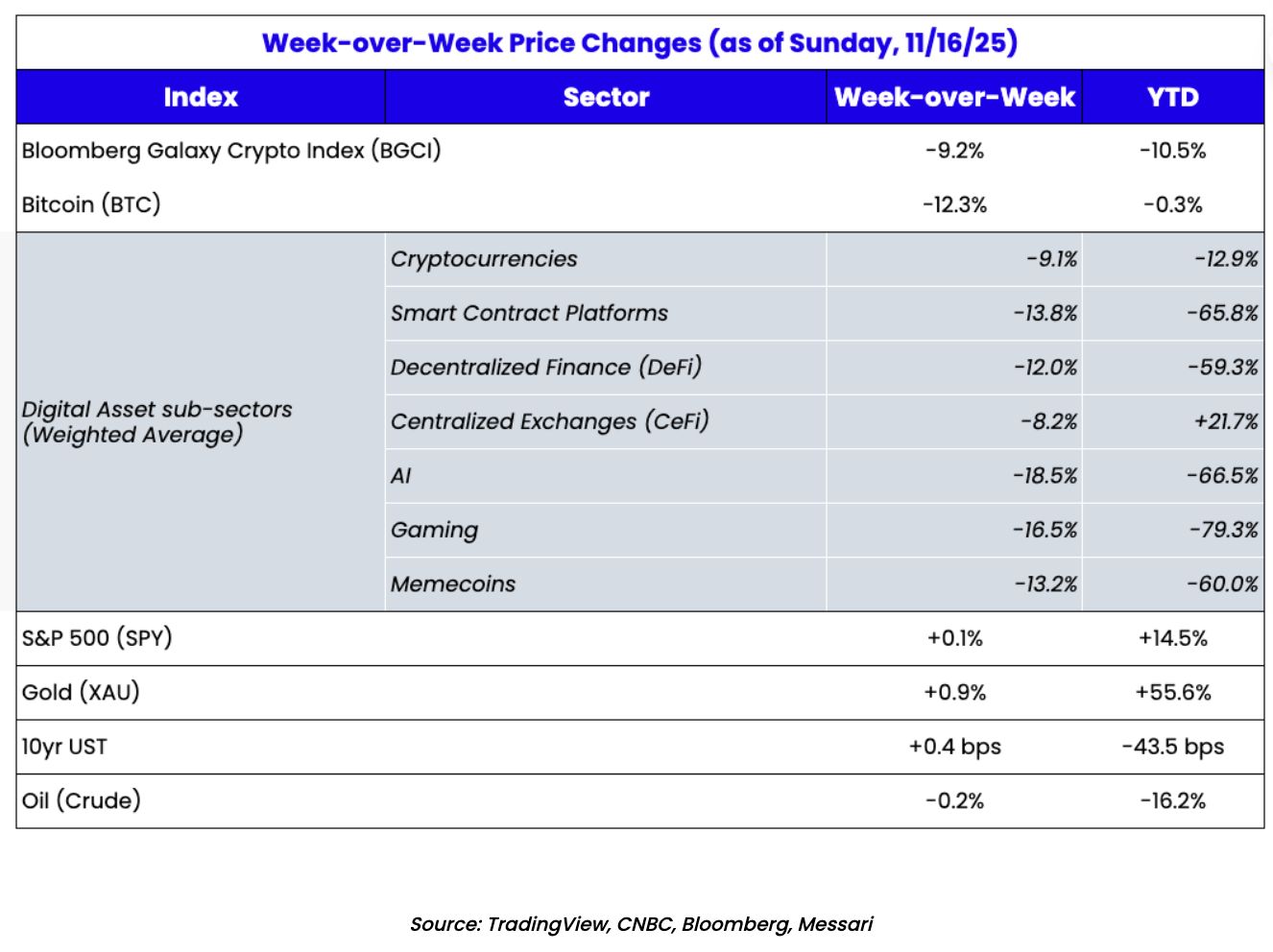Ethereum cofounder Vitalik Buterin outlines possible areas of improvement for the protocol
Quick Take Vitalik Buterin outlined current areas of improvement for the Ethereum protocol. Buterin outlined improvements across block finalization time and the 32-ether requirement to be a staker.
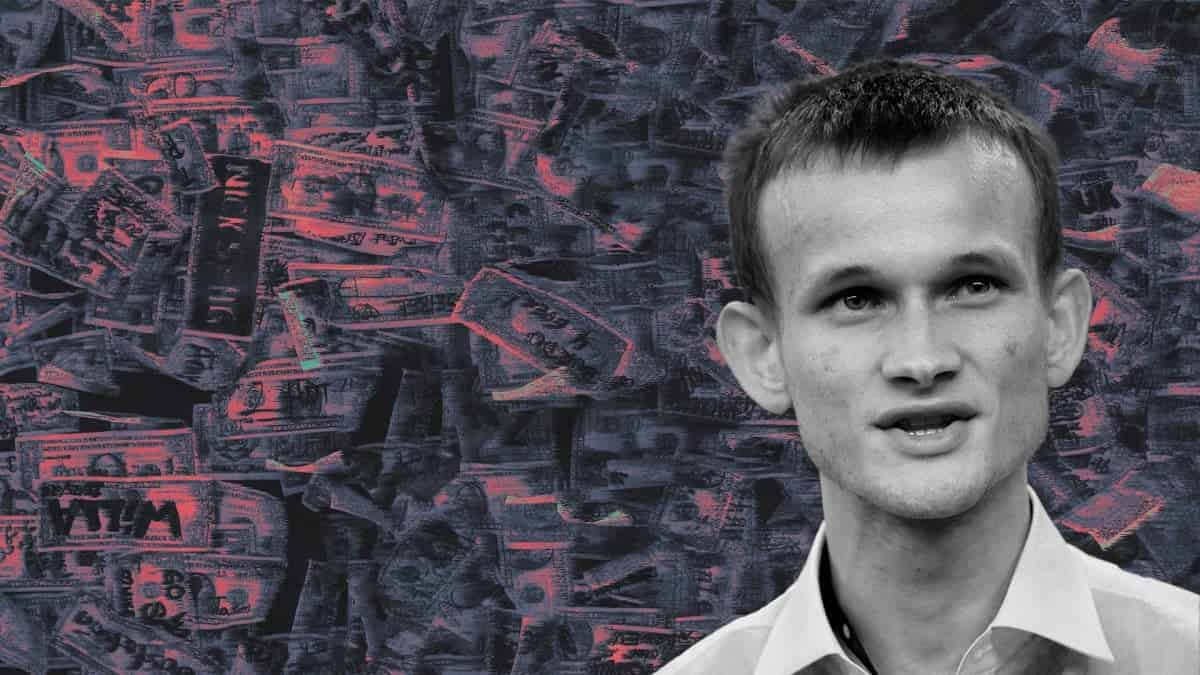
The Ethereum ETH +3.67% protocol transitioned from a proof-of-work to a proof-of-stake consensus mechanism nearly two years ago , but its co-creator believes there is still room for improvement.
Though Vitalik Buterin believes Ethereum’s proof-of-stake implementation has “performed remarkably well” in terms of stability, performance, and avoidance of centralization risks, he outlined what can still be improved in its technical design in a post on his personal website.
One problem that Buterin believes needs to be solved is the 15-minute block finalization time and the 32 ether requirement to be a staker. He claims that we would ideally finalize blocks in one slot — thereby reducing the 15-minute wait to 12 seconds — and allowing validators to stake with only one ether. The former goal would simplify the protocol and surrounding infrastructure, while the second would support solo stakers.
However, these goals conflict with Ethereum’s broader goal of minimizing overhead. Buterin claims they would likely have to be resolved through brute-force technical advancements, orbit committees, two-tiered staking, doing nothing, or combining those approaches.
Single secret leader elections
Another problem identified by Buterin is the fact that which validator is going to propose the next block is known in advance — creating a security vulnerability — but this has a simple fix. “The best way to fix the DoS issue is to hide the information about which validator is going to produce the next block, at least until the moment when the block is actually produced,” Buterin explained.
To achieve this “single secret leader election,” Buterin explains that Ethereum developers need to find and implement a protocol that is both simple and safe to implement on the mainnet.
“We highly value Ethereum being a reasonably simple protocol, and we do not want complexity to increase further,” he said.
Four-second confirmation times and quantum resistance
Buterin also sees value in reducing Ethereum’s transaction confirmation times all the way down to roughly four seconds. “Doing this would significantly improve the user experience of both the L1 and based rollups while making DeFi protocols more efficient,” he wrote. Based rollups rely on Ethereum block builders for transaction sequencing.
Additionally, Ethereum's co-creator sees more research needed to recover from a potential 51% attack and increase the quorum threshold. Finally, quantum-resistance is also an issue that could come to the fore around 2030, according to some estimates. “This has consequences across the entire Ethereum roadmap,” Buterin said, adding: “This justifies conservatism in the assumptions around performance of proof-of-stake designs, and also is a cause to be more proactive to develop quantum-resistant alternatives.”
Disclaimer: The content of this article solely reflects the author's opinion and does not represent the platform in any capacity. This article is not intended to serve as a reference for making investment decisions.
You may also like
The Atlantic: How Will Cryptocurrency Trigger the Next Financial Crisis?
Bitcoin fell below $90,000, and the cryptocurrency market lost $1.2 trillions in six weeks. Stablecoins, criticized for disguising risks as safety, have been identified as potential triggers for a financial crisis, and the GENIUS Act could increase these risks. Summary generated by Mars AI. This summary was generated by the Mars AI model, and the accuracy and completeness of its content are still being iteratively updated.
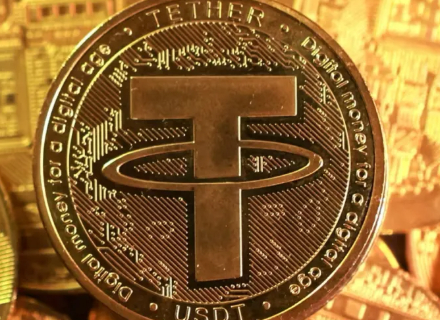
Bitcoin Surrenders Early as Market Awaits Nvidia’s Earnings Report Tomorrow
Global risk assets have experienced a significant decline recently, with both the US stock market and the cryptocurrency market plunging simultaneously. This is mainly due to investor fears of an AI bubble and uncertainty surrounding the Federal Reserve's monetary policy. Concerns over the AI sector intensified ahead of Nvidia's earnings report, while uncertainty in macroeconomic data further increased market volatility. The correlation between Bitcoin and tech stocks has strengthened, leading to split market sentiment, with some investors choosing to wait and see or buy the dip. Summary generated by Mars AI. The accuracy and completeness of the content generated by the Mars AI model are still being iteratively improved.
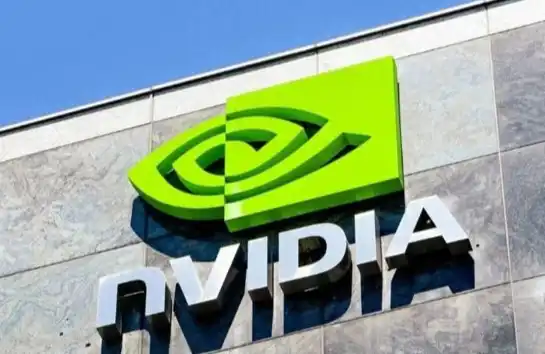
Recent Market Analysis: Bitcoin Falls Below Key Support Level, Market on High Alert, Preparing for a No Rate Cut Scenario
Due to the uncertainty surrounding the Federal Reserve’s decision in December, it may be wiser to act cautiously and control positions rather than attempting to predict a short-term bottom.
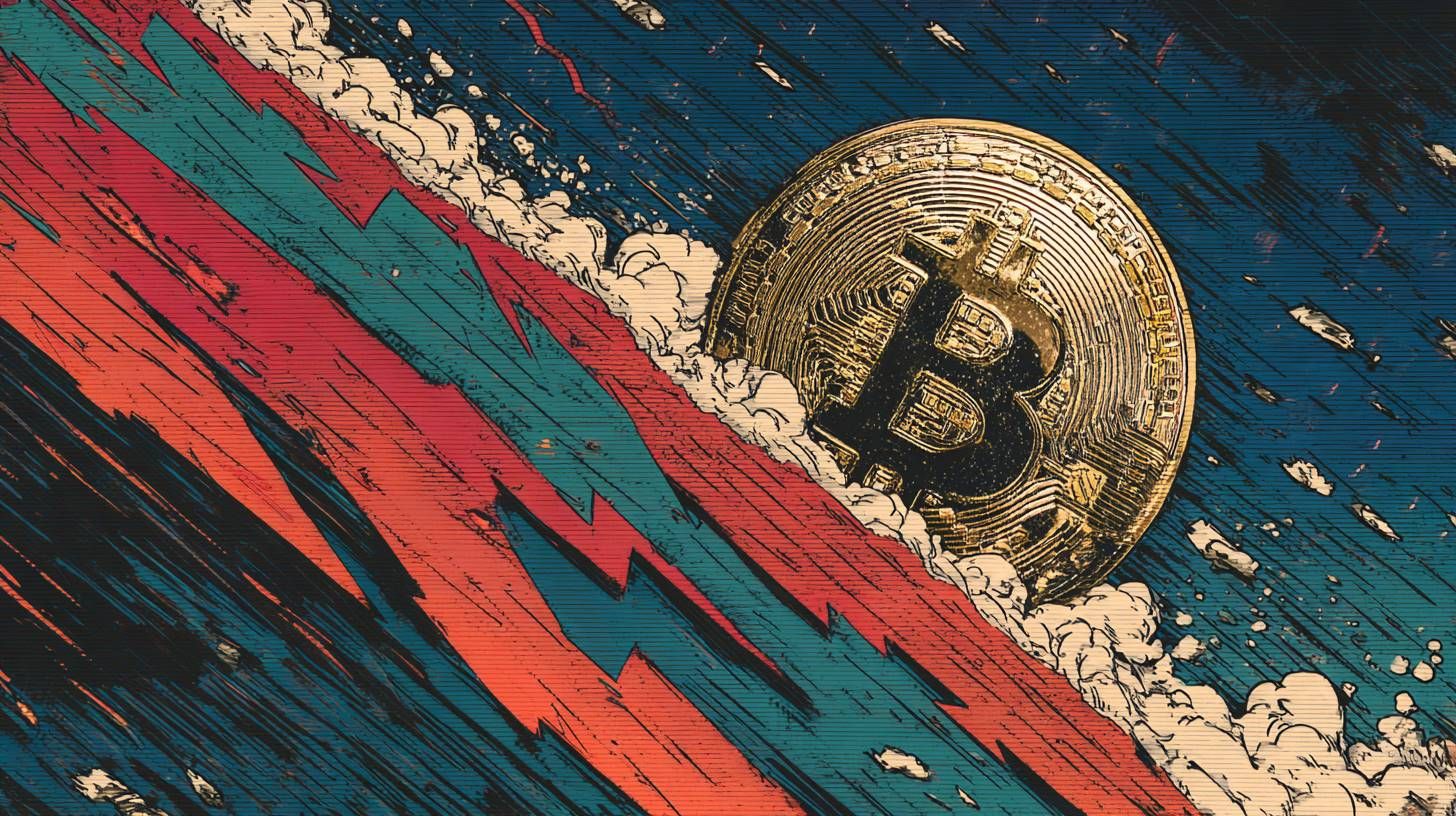
If HYPE and PUMP were stocks, they would both be undervalued.
If these were stocks, their trading prices would be at least 10 times higher, if not more.
